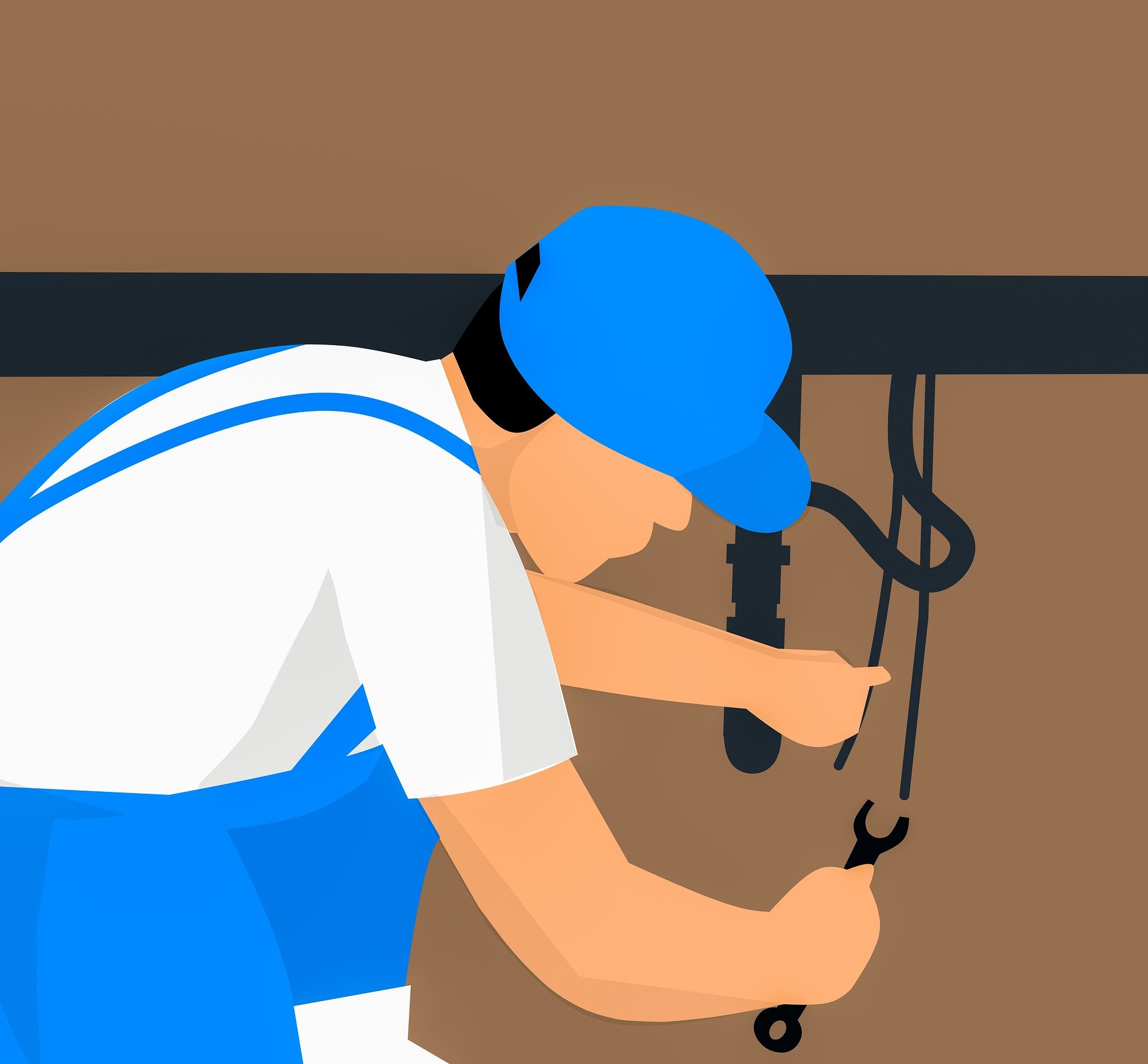
Diving straight into the world of water damage may seem intimidating, yet the importance of understanding this ubiquitous issue cannot be overstated.
Downpours aren’t the only source – faulty plumbing, deteriorating appliances, or even simple human error are all culprits in causing water damage.
Recognizing the broad aspects of water damage – its origins, occurrence, and economic implications – can equip you to better identify and mitigate such issues in your property.
Defining Water Damage
When it comes to defining water damage, you first need to realize that any situation involving an unintended intrusion of water into your property’s interiors falls under this category.
It has an uncanny capacity to infiltrate everywhere – from walls and floors to furniture and fabric items. Soakings are just the tip of the iceberg.
The Origin of Water Damage
Leaky pipes, overflowing sinks, broken water heaters, and roof damage constitute the primary sources of indoor water damage.
But remember not to discount occurrences like clogged gutters causing seepage through walls and flash floods wreaking havoc on lower floor levels.
Meanwhile, external factors including heavy rainfall and hurricanes also play significant roles in adding misery to already complex issues.
Regardless of all these factors playing their part in causing water damage, what remains constant is the level of destruction they bring with them.
Ubiquity of Water Damages
Leave no stone unturned when dealing with water damage because it pops up where least expected – hidden corners or protective spaces your eyes fail to reach.
You might find traces of it behind your bathroom mirror or on an incognito patch on your ceiling. Home inspections that cover every inch will help to avoid unpleasant discoveries in the future.
Economics Behind Water Damage
From a business standpoint, water damages represent considerable expenses. You find yourself shelling out for fixes that range from minor repair works or painting jobs to large-scale structural changes.
These all involve considerable costs – not just monetary but also time and energy spent. Consulting a professional service such as a water damage specialist could ensure a thorough job is done while reducing potential threats down the line.
Identifying Potential Risks
Account for both structural and health-related risks associated with water damage. At first glance, structural decays or weakening due to prolonged exposure might be noticeable but health risks often go overlooked even though they’re equally relevant – if not more so.
Assessing Risk Factors
Water damage can adversely affect your property’s value which impacts saleability or lowers rental appeal. At the same time amplifying repair costs that exponentially hike up insurance premiums.
To add insult to injury, health hazards like respiratory disorders and skin diseases caused by mold growth can affect your day-to-day life.
Impact on Property Value
The unsightly appearance due to visible traces of water damage alone demands remediation for aesthetic reasons but also for resale value.
Potential buyers will undoubtedly downgrade their offers substantially when faced with discernable flaws – cracks in walls or damaged floorboards – even if they’re willing to undertake necessary renovation post-purchase.
Health Risks Involved
Inhaling mold spores exacerbates allergies leading to severe respiratory issues such as asthma attacks in individuals who have pre-existing conditions.
Other health impacts include headaches, and irritation in the eyes or throat – the price paid for negligence.
Establishing Water-Damage Control
Effective remedial measures incorporate two elements: immediate response after detection and long-term preventive measures which ensure recurrence prevention. It requires comprehensive mitigation strategies along with strategic restorative measures.
Essential Tools and Equipment
Correct use of drying-out equipment such as fans, and dehumidifiers will speed up the drying process. And heaters along with cleaning agents tailored for specific material types provide effective solutions also.
Pumps are needed for a proper water extraction service. A well-stocked toolkit aids your restoration efforts immensely.
Role of Professional Intervention
Sometimes effacement calls for expert hands. Certified specialists employ innovative technology to find covert damp spots invisible to the naked eye.
Their scope covers every nook while minimizing further risk with state-of-the-art tools so reaching out ensures efficient results sans inconvenience.
Preventive Measures To Consider
Preemption trumps restoration thereby lessening cost burdens while mitigating probable risk outbreak. Timely maintenance checks coupled with upgrades like waterproofing become crucial investments providing maximum protection against potential threats.
Innovations In The Industry
Advanced technological inventions within the industry provide improved solutions lowering future contamination occurrence chances.
Use innovative robotic systems handling inspection chores; specialized drying systems extract moisture effectively. Powerful humidifiers regulate temperature, and this can be used to help dry out after a flood.
These tech-adopted methods enhance efficiency ensuring better overall performance turning industry wheels positively towards a brighter future.
Summing Up
By prioritizing prevention over cure and maintaining regular checks you can avoid water damage or at least mitigate the worst of it.
Should you suffer serious water damage, professional help will usually be needed. However, with a quality water damage restoration service, businesses and homes may return to normal.
Interesting Related Article: “5 Tips to Remove Standing Water in Your Home“
